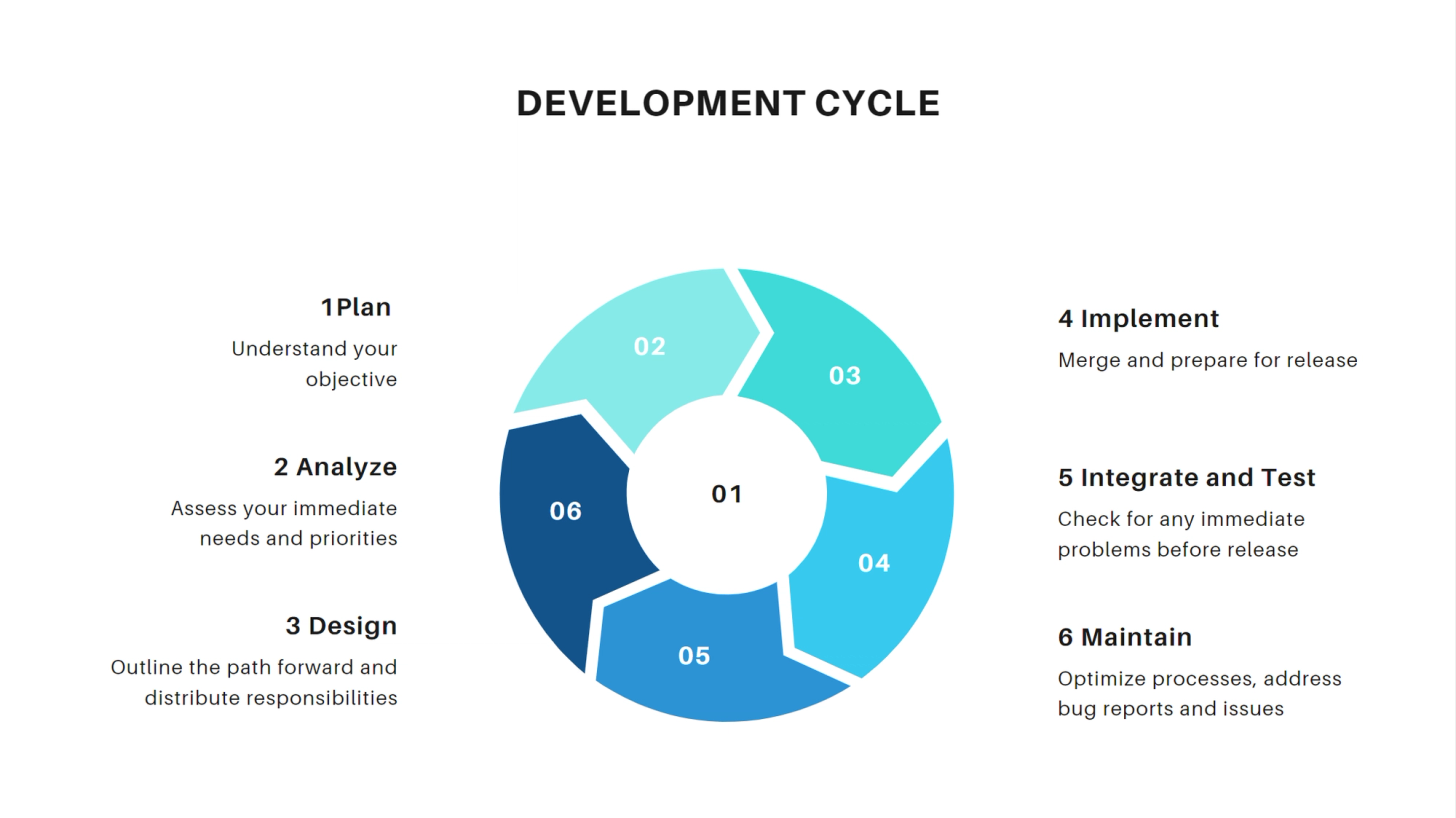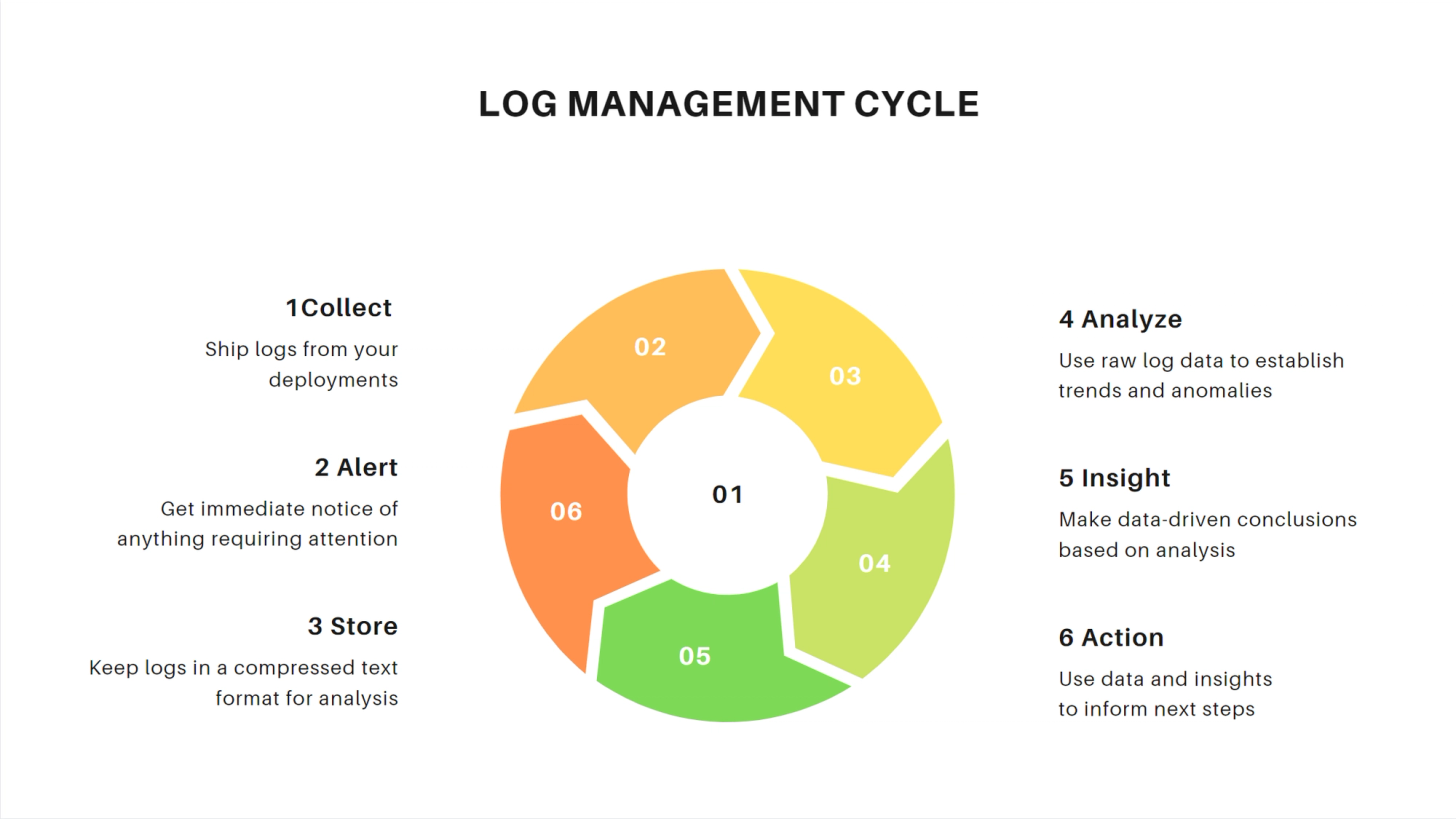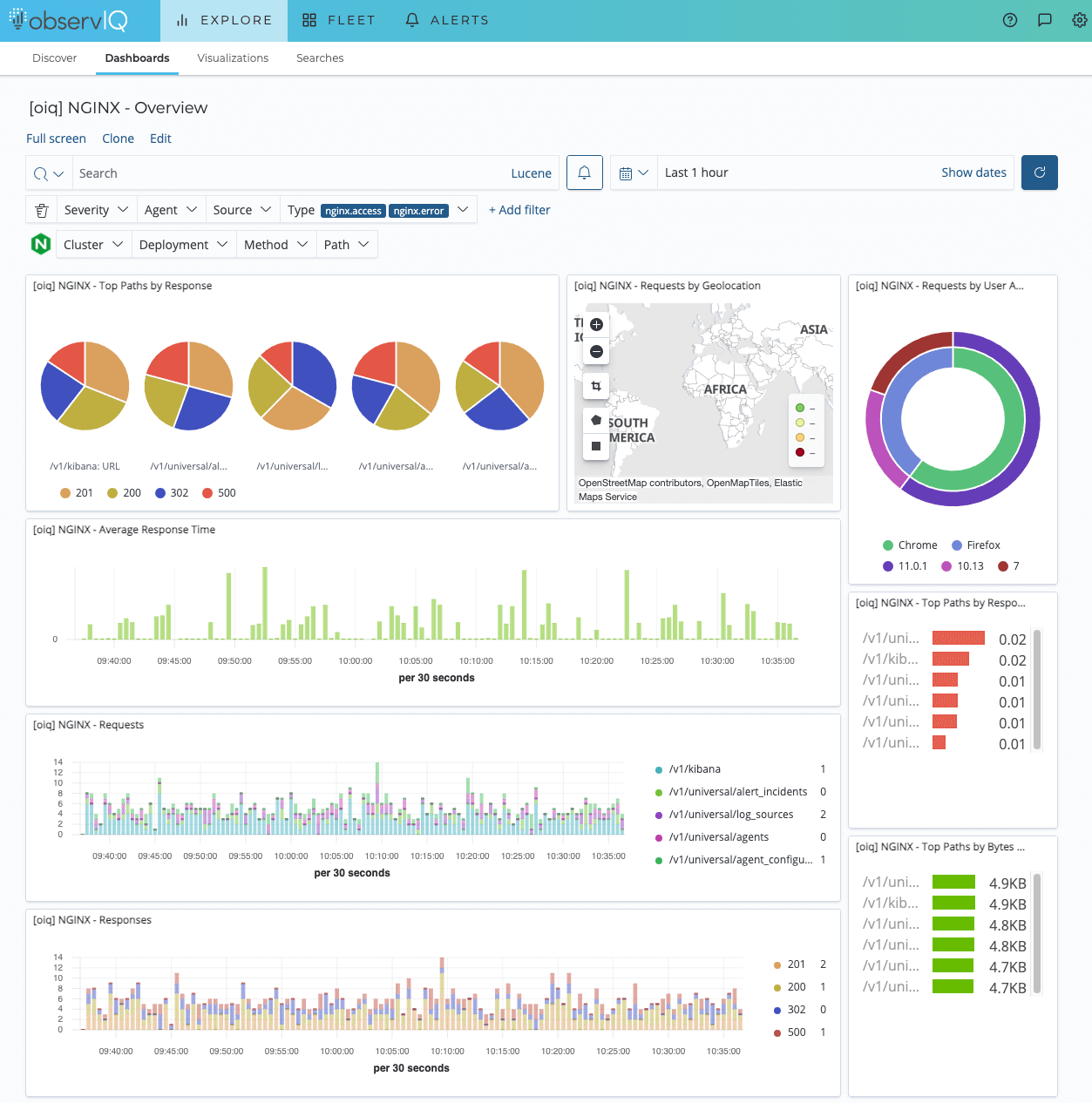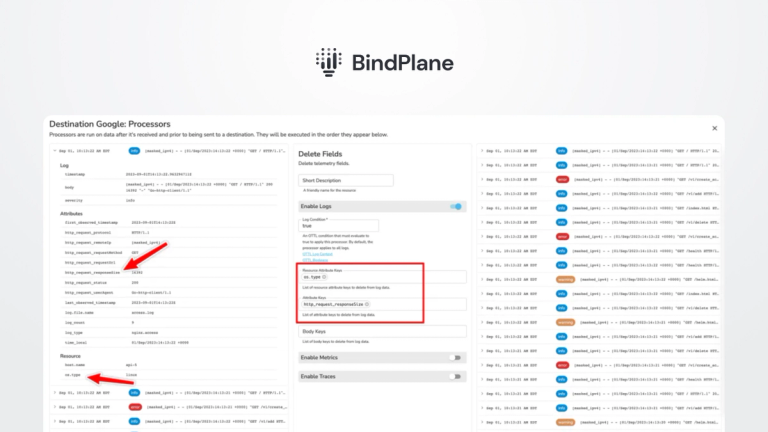When Is the Right Time to Invest in Log Management

Development cycles are complicated. If you’re on a development team, whether you’re building out a custom application, maintaining and iterating on a growing microservice, or breaking ground on a new platform for a startup, you have your hands full. Though seldom celebrated outside hardcore DevOps and IT circles, log management is still a well-known instrument among seasoned developers. It is insight into the internal workings of your processes as they are used. If your code were a hopscotch outline, the logs would build a map of where the players’ feet touched down. That can be valuable in many ways, but most development teams have never invested in log management because it seems too costly.
Log management comes with trade-offs. It requires overhead, maintenance, and, of course, money. The question for many developers is: when does the value of a log management solution exceed the cost of implementing and maintaining it? That answer differs for every team and constantly changes as log management solutions evolve.
So, when is the right time to invest in a log management solution?

Old Barriers Into Log Management
The average software development team in the United States has at most nine people. Usually, the team size is closer to three. Big log management solutions are more often built for tech giants, ingesting logs from applications with massive deployments and heavy international traffic like Netflix, Facebook, or even Amazon. Netflix, the smallest of the bunch, has over eighty developers. They are all looking to collect petabytes of information that will fuel machine learning, generate sweeping market insights, or allow them to optimize some minuscule process that has a significant impact at a massive scale.
Old log management solutions like Splunk and Datadog have built complex infrastructures to service these titanic use cases. It makes sense that the firstcomers went after the whales. Like many enterprise-level early movers, it takes teams of trained professionals to maintain and generate continuous value from these systems. The worst part for anyone trying to generate value from the data was that before OpenTelemetry, there needed to be a standardized protocol for measuring and collecting data. It’s like building the Eiffel Tower from blueprints with no units of measurement. Ingesting the logs wasn’t the only barrier to insight – making the data workable and valuable also added to the overhead.
Smaller log management solutions that target more typical businesses are catered toward IT and DevOps professionals. They’re most useful for security and compliance, which is certainly a benefit that can also serve developers, but not often something that small development teams are considering.
What does all of that mean for the rest of the tech world? The more common three-to-nine-person teams might shrug it off and move on. Given the traditional cost and overhead required to make log management a valuable endeavor, it makes sense that most developers don’t think about it at all. If they think about it, it’s a future luxury they can use to generate data someday when they can afford to hire a dedicated DevOps team. Very few developers peek over that perceived barrier to entry and consider what value log management could add to their development cycle today. More ought to.
The Value Log Management Can Add Today
Our applications don’t always function as intended. Have you ever had code with no errors that still runs poorly? Have we spent hours scrolling through rainbow stacks of someone else’s syntax, looking for the misplaced variable? Or, the most common bane of the development cycle – ever spent an afternoon sifting through a stack of bug reports after releasing a deployment that tested ideally before rolling out? Log management might make all the difference.
In every example, one common theme rings true – hunting down and solving unexpected problems in any development cycle is a massive pain and, by nature, one that often goes unaccounted for during planning. The goal is simple – find the cause, get in, fix it, get out, and deploy the patch so that you can continue working on the new stuff that’s piled up in your team’s sprint manager. Solving these common problems without log management can feel like going on a treasure hunt without a map. You might have a general idea of where to look and eventually find what you’re looking for, but it will be a challenge.
Log management is valuable during development because it gives your team insight into how to solve problems efficiently. In the past, that efficiency was outweighed by the relative inefficiency of existing log management systems. With low-overhead, full-service log management solutions like observIQ, generating that critical insight is a matter of a few clicks.

When To Invest in a Log Management Solution
It’s a truism in the development world that developers do not commit to a product or solution until it can solve a problem they are experiencing. Those in the industry look down on such an imprecise strategy. Still, in the case of the average development team, it is better to move as fast and light as possible rather than bloat your dev environment with costly checks and guardrails that may solve some unknown future issues. Log management is no different.
Log management lives in the back of most developers' minds, and that’s okay. Compared to the old standard, the beauty of solutions like observIQ is that they are always ready to go when needed. Build your team and break ground. Build your stack as efficiently as possible, tying in outside solutions as problems arise. When you have a problem that you need more visibility to solve, that’s when it’s time to integrate a log management solution. The most important thing is to recognize that problem when it hits. It might not be obvious, but it will happen.
In most cases, that problem occurs shortly after someone from outside the development team interacts with your application, system, or website for the first time. End-users must be more efficient at finding the hiccups in otherwise immaculate code. The potential of log management is to turn that frustration into insight. Every user who stumbles on a problem draws a map to the solution.
The most straightforward answer to when is to invest in log management when faced with a persistent problem and don’t know where to start. If you think you know where to start and eventually find that you are on the wrong track, don’t waste another second of your time. Deploy a log management system.
The better answer, and the strategy of the observIQ team, is to keep your dev environment poised to solve problems as they arise – or even before. With user-focused log management platforms like observIQ, deployment takes minutes and is self-maintaining. The system will continue ingesting and analyzing logs in the background, so the insight is already there when needed.
Use observIQ During the Development Cycle
observIQ only takes minutes to deploy. It’s an obvious solution to come to when visibility is needed. For those who like to be prepared, it offers a better strategy – free log management. observIQ is accessible to teams shipping fewer than 3GB of logs daily. No payment information is even required. You aren't charged if you go over 3GB daily, and nothing happens to your account. The service pauses; if you don’t want to upgrade, it resumes the next day with a new 3GB cap. observIQ is the perfect log management solution to install early, keep free, and upgrade if needed when visibility becomes crucial.




